Hydrangea paniculata Phantom
A majestic representative of the paniculate hydrangea species is the tall, powerful variety “Phantom”. As a result of artificial crossing and selection, the Dutch breeder Peter Zweinenburg gave the world a cultivar variety with the largest inflorescence sizes to date. In full bloom, large panicles, like snow-white balloons, sway imposingly on long, strong shoots.
Video review of paniculate hydrangea Phantom:
This is interesting! Evaluation tests and observations of the variety gave it a well-deserved GardenMerit award.
Description of paniculata hydrangea Phantom
Tall, erect bush with a moderate growth rate. The crown is dense, neatly spreading, consists of hard, long, vertical shoots. When young, the stems are dark green, becoming reddish-brown as they mature. During mass flowering, they bend slightly towards the ground.
The branches are densely covered with pointed, oval emerald green leaf blades. Lush panicles located at the ends of the branches have a fractional-conical shape. They consist of sterile, four-petaled, velvety flowers that exude a light aroma of honey.
Most of the inflorescence is dense, the top is loose. The lemon green color of the petals at the beginning of flowering gradually changes to soft white. Closer to August, powerful white clusters acquire a light, pinkish tint. As cold weather approaches, the petals darken, becoming dark pink by the end of September.
Features of the Phantom variety
Hydrangea Phantom is a desirable specimen in the collection of gardeners who do not particularly bother with caring for their plantings. The plant has characteristic positive qualities:
- Does not require additional support. Despite their length and the heaviness of the weighty flowers, the stems do not bend to the ground. Like resilient tin soldiers they can withstand the force of any downpour.
- Early (from June) flowering is long, lush and lasts 2-2.5 months.
- The height and thickness of strong shoots allows the crop to be grown like a tree, forming into one or several trunks.
- When planted in an area with a high groundwater level, it shows resistance to root diseases and rotting.
- It takes root well in poor soils.
- High winter hardiness allows Phantom to be grown almost throughout the entire territory of the Russian Federation.
- Tolerates heat and excessive soil moisture very well.
Brief agricultural technology |
|
Landing rules
The Phantom is resistant to severe frosts and tolerates direct sunlight. However, you should take care of the comfort of the seedling by allocating a place for it next to a fence or building.
When planting in the southern regions, the seedling will feel better in areas shaded from the bright sun. In other areas, it is preferable to place it in warm, open places.
Loves acidic and neutral soil with a Ph level of at least 6-7.5, well-drained, fertile.
Important! To increase the acidity level of slightly acidic and neutral soil, acetic, citric acids, and sulfur are used.
Hydrangea Phantom is planted from the beginning of April to the end of September, depending on the seedling and the planting area. The most suitable time for planting a potted plant with a closed root system is early autumn. As a rule, these are 2-year-old specimens; it will not be difficult for them to take root before the onset of cold weather.
Cuttings and seedlings with ACS are planted in early spring and summer. The greenery will have time to get stronger by winter and grow healthy, strong roots. During this period, the crop is planted in central Russia.
Sapling planting technology
The correct planting technology is as follows:
- 2 weeks before the procedure, dig a hole, taking into account the size of the seedling. The culture is tall and spreading; it is appropriate for him to prepare a wide and deep hole so that the roots have enough nutrition for the first 2-3 years of life.
- Expanded clay is poured onto the bottom in a layer of up to 5 cm. Drainage will prevent water from accumulating at the roots.
- 1/3 of the planting hole is filled with prepared soil mixture. It consists of garden soil, humus, and high peat in equal proportions. It is useful to add vermiculite to loosen the soil and retain moisture in the soil. A bucket of water is poured into the hole.
- After 2 weeks, the soil in the hole will have settled, and you can begin planting. A mound is poured into the hole, on which the seedling is placed, and the roots are straightened. Holding it with one hand, fill the voids with soil without filling the root collar.
- Earthen sides are made around the trunk. They will not allow moisture to spread during watering.Pour 10 liters of water, it will remove air from the roots and ensure they adhere tightly to the soil.
- The ground above is protected with a layer of mulch made from peat and sawdust from coniferous trees. The coating will maintain an optimal balance of moisture in the soil.
Attention! Before planting, the root system needs to be updated by shortening the ends with sharp scissors and treated with a growth stimulator for good rooting.
|
Planting a hydrangea seedling with ZKS in open ground |
Aftercare
Hydrangea is moisture-loving. If there is no rain, an adult requires 20 liters per week, a baby 10 liters every three days. Irrigation is carried out in the morning or evening. In rainy weather, watering is done as needed. After each irrigation, loosening the soil is required to allow air flow to the roots. If large plants (shrubs, trees) grow next to the seedling, it will need more moisture.
The large crop is responsive to fertilizing. She needs a lot of strength for normal growth and development. Granular mineral fertilizer “Osmocote” is very popular. It has a prolonged effect; it is enough to apply it to the soil once a season in the spring.
If you do not use Osmokot, you need to feed it with nitrogen-containing compounds in the spring, and during the budding period give phosphorus-potassium mixtures and potassium nitrate (40 g). During flowering, add ammonium nitrate (10 g). Before cold weather, use enriched superphosphate (50 g). Between the main feedings, it is permissible to treat with an infusion of rotted droppings at an interval of 2 weeks.
|
Watering at the root and mulching the tree trunk circle |
Trimming Features
“Phantom” has a peculiarity - the higher you trim (raise) the bush, the smaller the inflorescences become and the taller the plant itself.
In autumn, formative pruning must be carried out, since the size of the panicles directly depends on it. If the operation is ignored, excessive shoot growth will lead to excessive crown density.
First, weak, broken and inward growing branches are removed. To obtain giant panicles, 5-6 shoots are left and they are pruned low (at the very base) into 2 buds. The rest are cut out at the root. As a result of such merciless cleaning, the plant will devote all its strength to growing thick, strong stems. But next year there will be a strong growth of young branches with powerful peduncles up to 50 cm.
You can carry out formative pruning into 4 buds. In the spring a good growth will appear from them. The bush will acquire many new shoots and become wider, but the size of the inflorescences will be smaller.
Adult specimens are also subjected to severe pruning. Faded bunches, old ones, without growth, are cut off. No growth - no flowering. Also, branches containing many branches are thinned out, leaving 2-3 strong ones.
In the spring, they carry out sanitary cleaning, cutting out small, dry, frozen, diseased stems. The operation allows you to increase the lifespan of hydrangeas and gives them a well-groomed appearance.
|
Pruning a young hydrangea bush into 2-3 buds |
Hydrangea propagation
By layering. The operation is best performed from late spring to mid-summer. At the strong shoot located closest to the ground, a ring-shaped incision is made and this place is buried in the ground. The rooting site is pressed with a stone, or the stem is secured with a staple. The top is directed upward, tied to a support peg. The cuttings are often watered.
|
After rooting, the shoot is separated from the mother bush and replanted. |
Cuttings. Planting material is cut before mid-summer, using branches after sanitary pruning. The current year's shoot is divided into parts with 2 pairs of leaves on each. The lower leaves are removed, the upper ones are cut in half. The ends of the cuttings are dipped in a root former and planted in a prepared nursery with a fertile substrate. For better rooting, the nursery is covered with film, or a plastic cup is placed on each cutting.
|
The appearance of young leaves is a signal of successful rooting. It will be possible to plant pets in open ground next year. |
How to form a Phantom on a standard
The bush will look more impressive if you form it in the shape of a tree, on a trunk. From a developed specimen of an adult hydrangea, by proper pruning and shaping, a strong, central trunk with a lush crown is obtained.
- In autumn, a strong, even shoot is left on an adult plant, growing in the center at the base, the rest are cut out to zero.
- The remaining trunk is shortened by cutting it to the 2 lower buds. In the spring they will wake up and give new growth.
- If 2-3 shoots have grown from the upper internode, you need to leave one and remove the rest.
- To ensure that the future tree grows straight, the trunk is tied to a support peg.
- Leaves and young twigs that appear on the central conductor during growth are torn off.
- By the end of the season, the trunk will stretch to a decent height. In autumn, the upper part is cut off at the desired level.
- Next year, a peak of new shoots will begin to form at the top. By shaping them at your own discretion, you get a tree crown of the desired density and length.
|
Magnificent Phantom on a trunk |
Helpful information! The tallness of the variety allows you to get a bouquet tree up to 2.5 meters in height! The more young shoots left in the crown, the smaller the inflorescences will be.
Frost resistance and preparation for winter
When the autumn cold sets in, the bush is prepared for winter. The variety does not require shelter in the south and central Russia.
On an adult pet, faded inflorescences are removed to avoid breakage of the stems from adhering snow in winter. Carry out water-recharging irrigation by pouring 3 buckets of water under the seedling. Insulate the roots by increasing the mulch layer to 25 cm.
Young plants are cut short and covered headlong with acidic peat and sawdust. It will serve as both protection from frost and additional feeding in early spring, when the snow melts.
In the northern regions, it is advisable to insulate the seedling more thoroughly. The trunks are bent to the ground, spruce branches are placed on top and covered with lutrasil or spunbond.
|
Short-cut hydrangea protected by sawdust |
Reviews from forums about Phantom hydrangea
Such a gorgeous handsome man simply has a huge army of admirers and an avalanche of laudatory reviews. Here are some of them:
Elena, Rybinsk
Everything is good in this hydrangea - the strength and power of the bush, the beauty of the leaves, and there is also something truly ghostly, unreal about it; the one who gave it this name has a rich imagination and subtle perception. Flowers are something. An example of how a dense, huge inflorescence can be simultaneously combined with delicacy, lightness and tenderness.
I really like this variety. The shoots are strong and do not droop. The inflorescences are huge, dense, and consist mainly of sterile flowers. Of the 16 varieties of panicle hydrangea growing on my site, this is one of my top five favorites.
Don't forget to read:
Description of the 30 best varieties of paniculata hydrangea with photos and names ⇒
Hydrangea Phantom in landscape design
Thanks to its immodest dimensions, the variety will become a prominent character on the site. In any plantings, single or mixed, it will play a leading role.
|
The white and pinkish buds of the Phantom look noble in the company of plantings with a pink-red color. |
|
Hydrangea alone can make any flowerbed irresistible. |
|
Bushes planted in a row create an excellent hedge. Thanks to such extensions, landscape designers separate zones of one site from each other. |
|
With its huge flowers it stands out brightly, surrounded by a variety of flowers in the flowerbed, automatically becoming the leader of the company. |
Similar articles:
- Paniculata hydrangea “Silver dollar”: description, photos and reviews from gardeners ⇒
- Hydrangea paniculata Skyfall with description, photos and reviews ⇒
- Description of hydrangea Strawberry Blossom with photos and reviews from gardeners ⇒
- Hydrangea “Polestar” (“Polar Star”): description of the variety with photos and reviews ⇒
- Paniculate hydrangea Polar or Polar Bear: photos, reviews and description of the variety ⇒

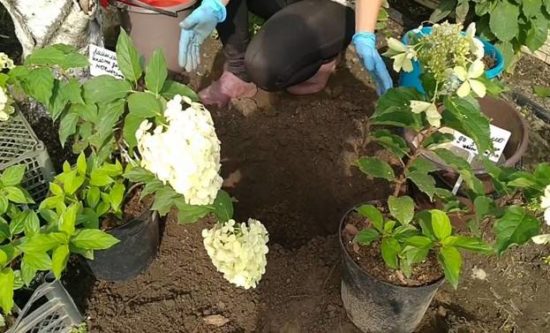
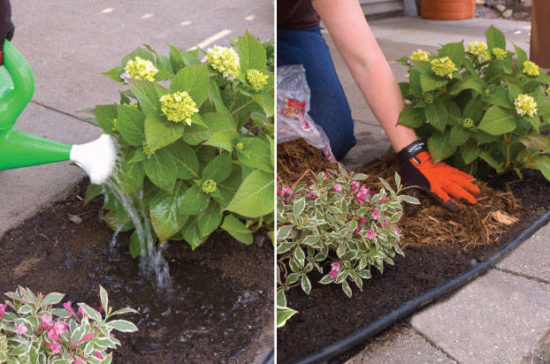
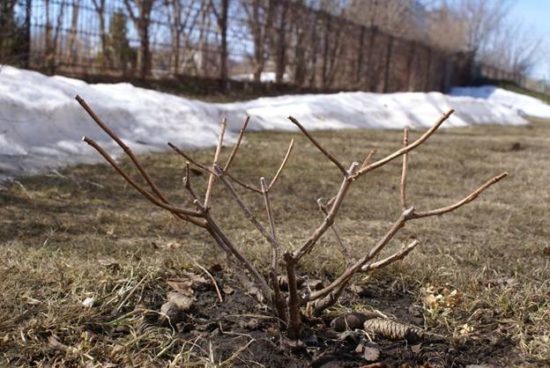
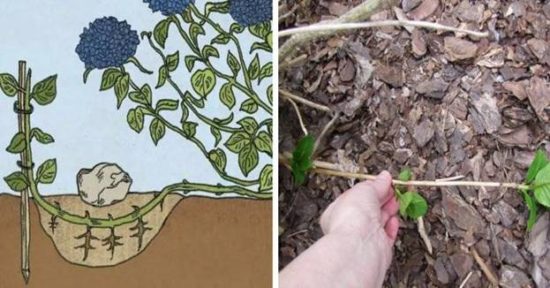
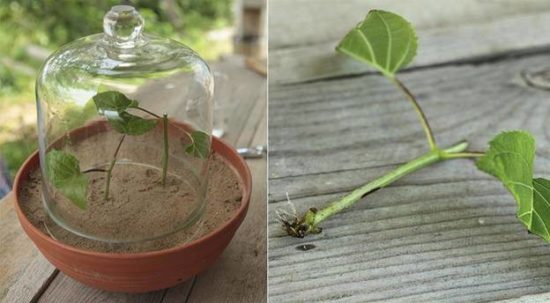
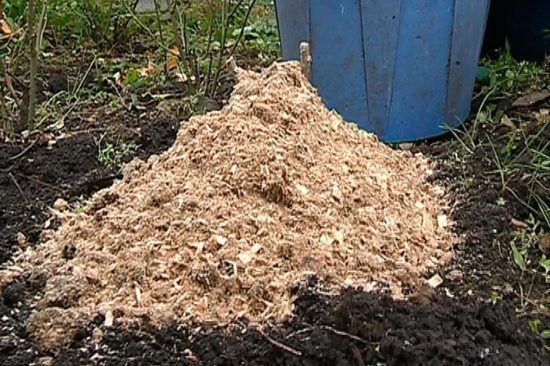
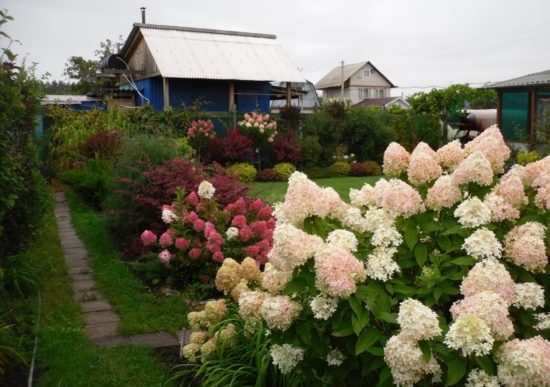
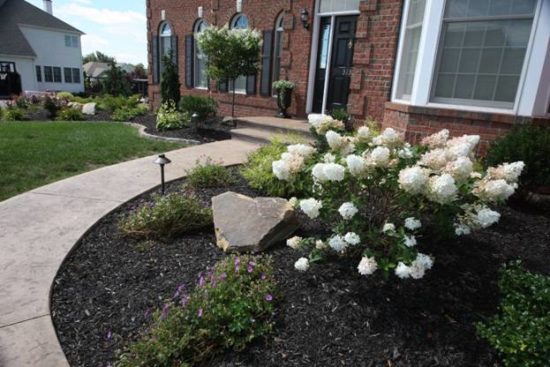
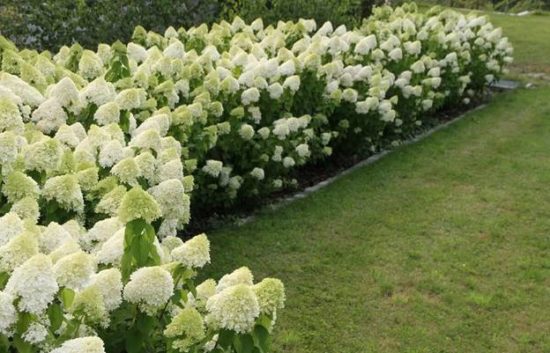
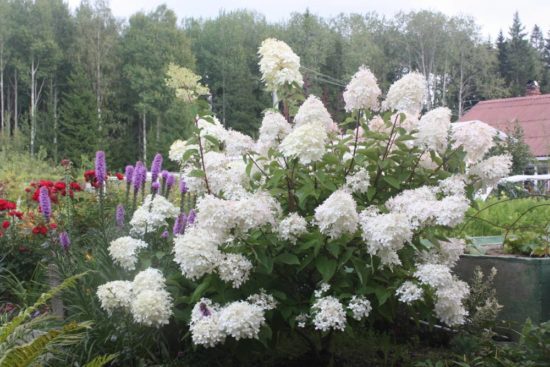


 CUCUMBERS NEVER GET SICK, I'VE BEEN USING ONLY THIS FOR 40 YEARS! I SHARE A SECRET WITH YOU, CUCUMBERS ARE LIKE THE PICTURE!
CUCUMBERS NEVER GET SICK, I'VE BEEN USING ONLY THIS FOR 40 YEARS! I SHARE A SECRET WITH YOU, CUCUMBERS ARE LIKE THE PICTURE! You can dig a bucket of potatoes from each bush. Do you think these are fairy tales? Watch the video
You can dig a bucket of potatoes from each bush. Do you think these are fairy tales? Watch the video
 How our fellow gardeners work in Korea. There is a lot to learn and just fun to watch.
How our fellow gardeners work in Korea. There is a lot to learn and just fun to watch. Eye trainer. The author claims that with daily viewing, vision is restored. They don't charge money for views.
Eye trainer. The author claims that with daily viewing, vision is restored. They don't charge money for views. A 3-ingredient cake recipe in 30 minutes is better than Napoleon. Simple and very tasty.
A 3-ingredient cake recipe in 30 minutes is better than Napoleon. Simple and very tasty. Therapeutic exercises for cervical osteochondrosis. A complete set of exercises.
Therapeutic exercises for cervical osteochondrosis. A complete set of exercises. Which indoor plants match your zodiac sign?
Which indoor plants match your zodiac sign? What about them? Excursion to German dachas.
What about them? Excursion to German dachas.